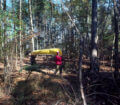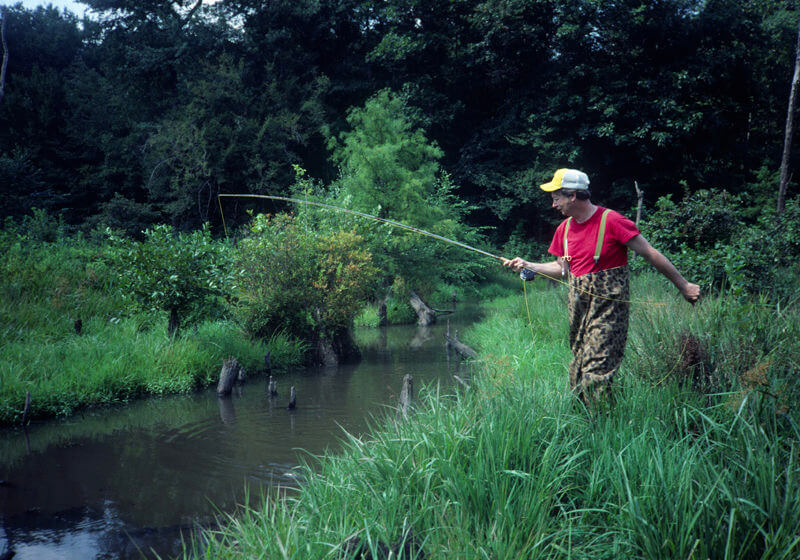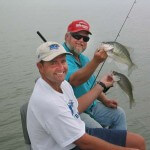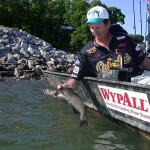John’s Note: The most-overlooked bream in America today are those living in beaver ponds. Often bodies of water are created when beavers build dams and stop the water flow from a drainage or flooded areas. Most fishermen don’t realize these ponds are there. And, the ones who do know are afraid to fish for bream in those places. Some of these fish will be stunted in their growth, while others will be whoppers. The world’s record bream as recognized by the International Game & Fish Association and the Freshwater Fishing Hall of Fame is a 5-pound, 7-ounce redear sunfish caught by Amos M. Gay on November 6, 1998, in the Diversion Canal in South Carolina. There are two records pending – a 5-pound, 8.8-ounce caught in May, 2011, from Lake Havasu in Arizona and a 5-pound, 12.8-ounce redear caught in February, 2014, also at Lake Havasu, Arizona. Native to eastern North America, today bream are found all across the U.S., inhabiting ponds, lakes and other bodies of quiet, shallow water with vegetation and fallen limbs and logs. Bream have been introduced successfully too in Europe, South Africa, Zimbabwe, Asia and South America, but are considered trash fish in Japan and Germany. Even more exciting is the fact that bream will bite year-round, always fighting hard.
 “There is only one consistent factor when you are talking about beaver pond bream,” Jerry Moss, my fisheries biologist friend, told me. “Each beaver pond bream is different, much like each lake fish is not the same. But there can be big bluegills and shellcrackers (redears) in many forgotten backwater beaver ponds.”
“There is only one consistent factor when you are talking about beaver pond bream,” Jerry Moss, my fisheries biologist friend, told me. “Each beaver pond bream is different, much like each lake fish is not the same. But there can be big bluegills and shellcrackers (redears) in many forgotten backwater beaver ponds.”
Numerous factors determine the number and the size of bream in any beaver pond. How the pond was created is a primary consideration. Was there a good population of bream in the stream before the beavers dammed it up? Is there a farm pond upstream that may have overflowed at one time into the beaver pond down below? How crowded are the bream in the pond? Does the pond draw down or dry up in the summer? How close is your beaver pond to agricultural fields, which can provide fertilizer to the pond? These and other ingredients play a role in the size and the number of bream in each pond.
Each year the old river close to my hunting club flooded. Roads I drove my car down during the summer and the winter would be 2 feet under water when the spring rains came. The river periodically muscled itself out of the banks that held it and ran through the rich, surrounding farm lands. The floods brought fish and water to thousands of small creeks and old potholes that had dried-up during the summer and early winter.
 But the river also brought with it – the hardest worker in the animal world – the beaver. By building his dams, the beaver not only ensured easy groceries for himself and his family, but also created an excellent fishery for the anglers who found and fished beaver ponds. Along river systems are hundreds of these beaver ponds to bream fish. These virtually-untouched regions have been my favorite bream spots then and now.
But the river also brought with it – the hardest worker in the animal world – the beaver. By building his dams, the beaver not only ensured easy groceries for himself and his family, but also created an excellent fishery for the anglers who found and fished beaver ponds. Along river systems are hundreds of these beaver ponds to bream fish. These virtually-untouched regions have been my favorite bream spots then and now.
To learn more about fishing, get John E. Phillips’ eBooks and print books at www.barnesandnoble.com and www.amazon.com/author/johnephillips.















